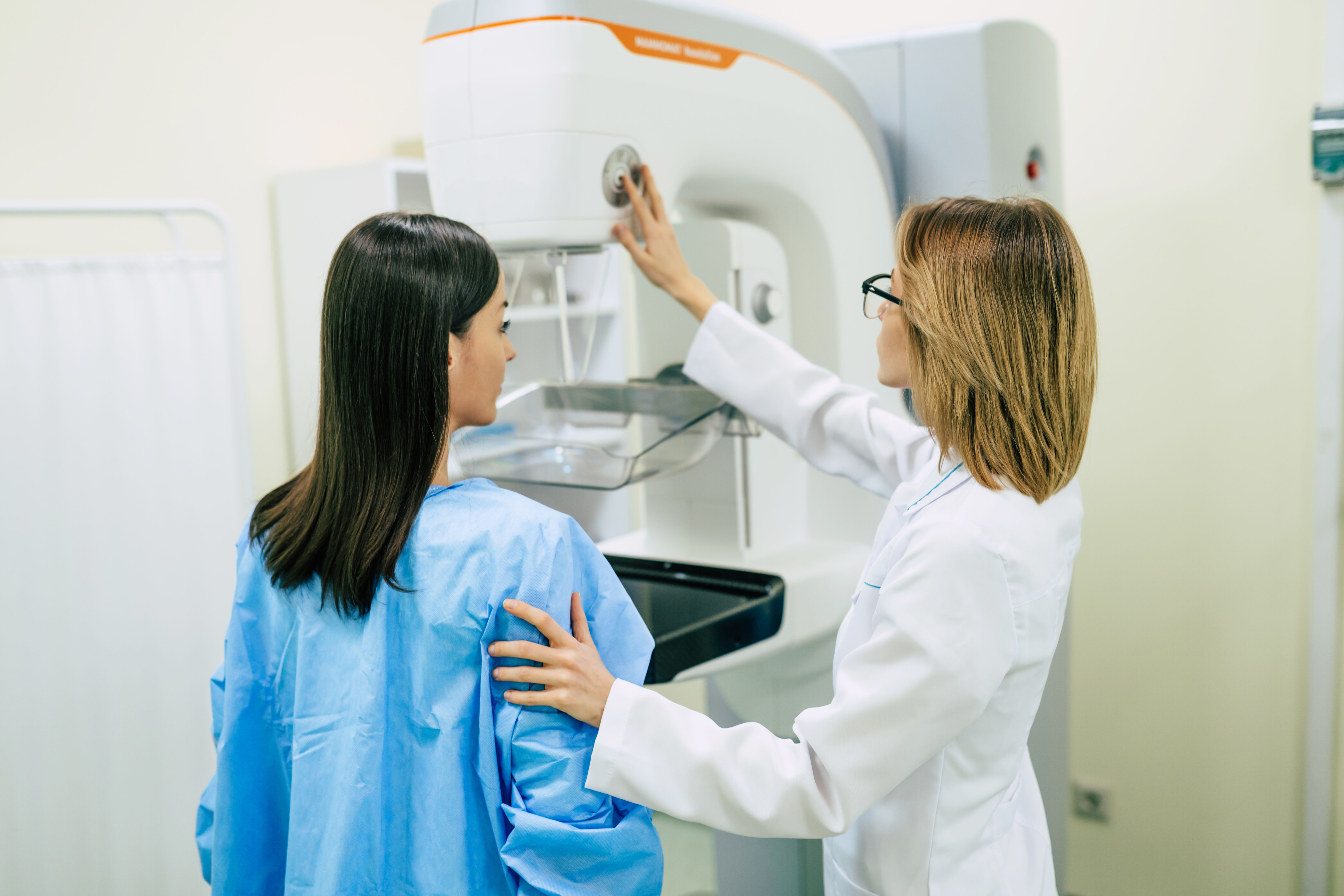This content is sponsored by MedStar Washington Hospital Center.
In 2022, the University of Michigan’s National Poll on Healthy Aging found that 70% of older adults experienced joint pain. Nerve pain around the joint could be to blame if stabbing, burning, or joint pain hinders you from doing the activities you love. Conditions like arthritis, tendonitis, and bursitis can trigger nerves and send pain signals to the brain.
Dr. John Smirniotopoulos, a board-certified vascular and interventional radiologist at MedStar Washington Hospital Center, said Genicular nerve ablation (GNA) and Genicular artery embolization (GAE) are both minimally invasive image-guided procedures “designed to assist with reduction of knee pain in the setting of osteoarthritis.”
GNA, also known as cooled-tip radiofrequency ablation, is a two-step, outpatient treatment that desensitizes the nerves surrounding the joint, leading to a reduction in joint pain. Fluoroscopic (live X-Ray) imaging is used to pinpoint the site of damaged or inflamed nerves and to avoid nerves that support muscle and motor function.
“The first step is what’s called a prognostic or test nerve block,” Dr. Smirniotopoulos said. “The block is done with small needles that are inserted at the anatomic landmarks of the known course of the three to four genicular nerves.”
If a patient has a 50% or greater reduction in their pain in the immediate preoperative setting, they are then eligible to undergo an ablation at a later date.
Dr. Smirniotopoulos said the nerves have a protein called myelin that will cause them to grow back over time.
“In our practice, we’re generally seeing about a year or more until the nerves are growing back, meaning the patients are having their baseline return of pain,” he said. “The benefit is that these procedures can be repeated without a limit to the number of repetition, as long as we are six months out or more without any ill effect towards any future surgery.”
MedStar Washington Hospital Center is the largest healthcare center in the Mid-Atlantic to offer GNA.
With GAE, the goal is to reduce the vascularity of joint capsules by minimizing the blood flow to genicular arteries, subsequently lessening the pain.
“In GAE, you’re targeting typically three to four genicular arteries. In GNA, you’re targeting three to four genicular nerves,” Dr. Smirniotopoulos said.
Similar to GNA, Dr. Smirniotopoulos said patients typically feel relief from GAE for about a year. GAE can also be repeated down the road.
These procedures are generally for patients who are not candidates for knee replacement surgery or not interested in the procedure.
“GNA can be done for patients who aren’t surgical candidates yet for whatever reason. They may become surgical candidates down the road, but they’re not there yet,” Dr. Smirniotopoulos said.
However, in some cases the procedures can be done for patients who are trying to to bridge their pain until they can have surgery. It can also be done on patients with post-operative pain.
“If a patient is likely to undergo surgery in under 12 months from consultation with us, we err on the side of ablation rather than embolization,” Dr. Smirniotopoulos said. “And that is simply because GAE does have a risk of causing some skin ulceration. It’s temporary, but we want to reduce any possibility of an issue with a joint replacement from the surgical side.”
Patients should enter physical therapy following the procedure and see their doctors in six weeks for a follow-up appointment.
Benefits of both procedures extend beyond little to no recovery time. The treatments allow patients to get their pain under control so they can go back to other treatments.
“That will help with their joint stability, their muscle strength, and weight loss if patients need that prior to surgery,” Dr. Smirniotopoulos said.
Both procedures are relatively short and do not require general anesthesia unless the patient requests it, or there is a health issue that necessitates it. Additionally, the treatments do not interfere with any future procedure or surgery patients may have.
“We work so much in collaboration with orthopedic surgery colleagues, that this is not meant to replace anything that our orthopedists do. It’s meant to work as a team effort to find ways to help our patients together,” he said.
If you’re suffering from joint pain and it’s preventing you from completing your daily activities, one of these treatments can potentially relieve your pain.
Read more in a blog post from Dr. Smirniotopoulos on the MedStar Washington Hospital Center website.







